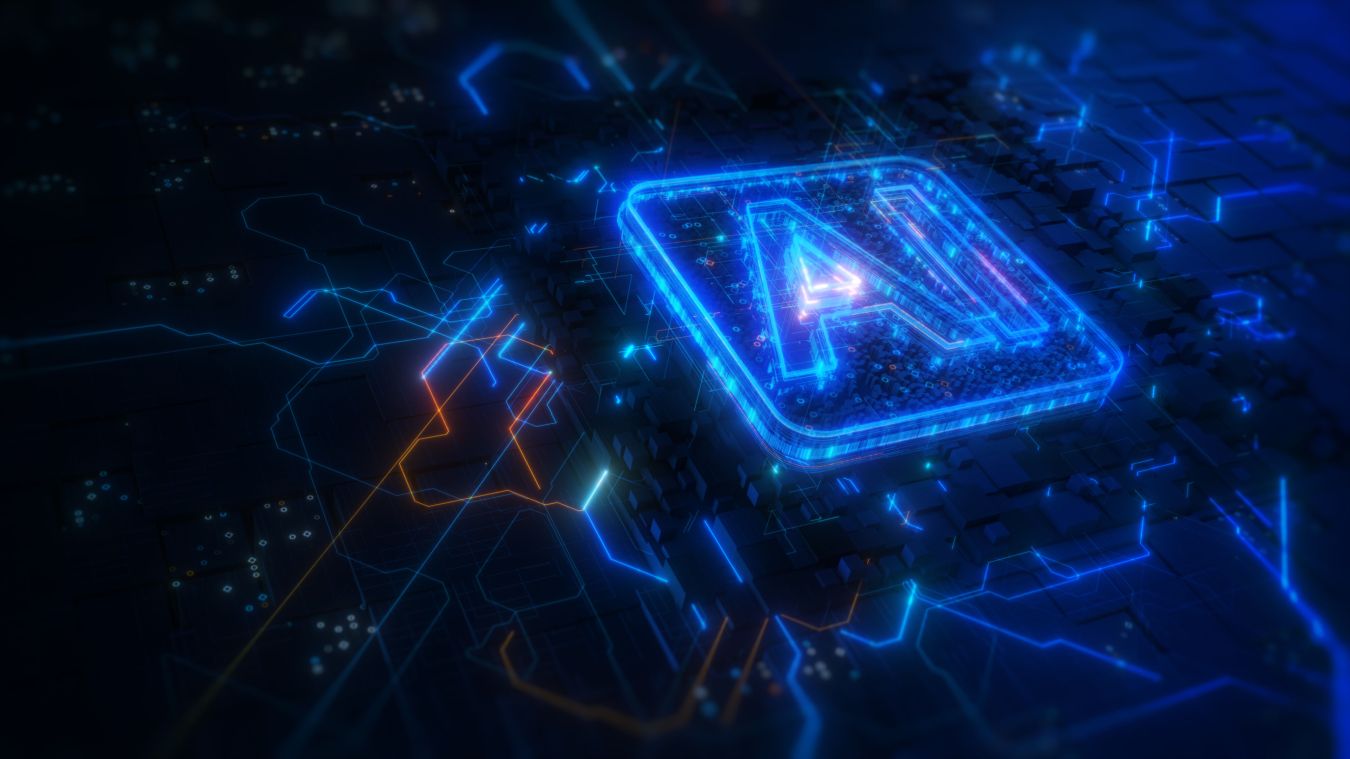
Contributors: Ruairidh Leishman
Date published: 31 July 2024
The Court of Appeal’s decision on the patentability of computer-implemented AI inventions.
Over the past year, the courts have tackled the novel question of whether computer-implemented AI inventions fall within the “computer program” exclusion from patentable subject matter unless the invention makes a “technical contribution”.
On 19 July 2024, the Court of Appeal handed down a highly anticipated and significant judgment in Comptroller-General of Patents, Designs & Trade Marks v Emotional Perception AI Ltd, reversed the High Court’s finding. The judgment clarified the criteria for patentability of computer programs.
Background
The case concerns Emotional Perception AI Ltd.’s efforts to patent a system for recommending media files, such as music, to the end user. The claimed invention performs the action by passing the data through an artificial neural network (“ANN”) trained to identify other files based on semantic similarity. The patent application was rejected by the UK Intellectual Property Office (“UKIPO”) on the basis that it fell within the list of excluded patentable inventions under section 1(2)(c) of the Patents Act 1977 (Patents Act), as “a program for a computer … as such”.
The High Court proceedings
We discussed the outcome of the High Court proceedings in detail here. By way of a recap, the High Court, held that the invention did not fall under the computer program exclusion. This was due to the use of a computer program being distinguished from the ANN, with the involvement of a computer program only forming a subsidiary part of the invention. Therefore, the invention itself did not constitute a computer program.
In addition, the High Court held that the invention made a substantial technical contribution to the known art, due to the ANN’s method and purpose of analysis and selection. This means that regardless of the applicability of the computer program exclusion, the invention was patent-eligible.
This decision was a welcome development for those in the AI sector, but was appealed by the Comptroller-General to the Court of Appeal.
The Appeal
In the Court of Appeal, the UKIPO submitted that the High Court had erred on four grounds:
- The judge was wrong to conclude that the computer program exclusion was not engaged.
- The judge incorrectly relied on the UKIPO’s ‘concession’ that a hardware ANN would be unlikely to engage the exclusion as a basis for finding a software-implemented ANN is not covered by the exclusion;
- The judge wrongly omitted consideration of the mathematical method exclusion under section 1(2)(a) of the Patents Act; and
- The judge incorrectly held that the invention involved a substantive technical contribution.
In contrast, Emotional Perception AI Ltd maintained their position that the trained ANN is a composite whole, which is not a computer or computer program. Moreover, the invention makes a substantial technical contribution in its method and purpose of action.
The Court of Appeal’s decision
The Court of Appeal had to address two questions:
- Does an ANN engage the “computer program” exclusion to patentability?
- If so, does the claimed invention provide a “technical contribution”?
In summary, the Court of Appeal disagreed with the High Court, answering yes to question 1 and no to question 2.
On the first question, the Court of Appeal said that “a computer is a machine which processes information” and that “a computer program is a set of instructions for a computer to do something.” In addition, however an ANN was implemented (either in software or hardware), it was a computer program because it is a machine for processing information based on a set of instructions. Therefore, the exclusion from patentability of a program for a computer as such in s1(2) of the 1977 Act is engaged in this case.
On the second question, the Court of Appeal said the claimed invention provided improved file recommendations. The UKIPO had reached the correct conclusion that what made the file worth recommending were its semantic qualities. They were not technical and did not turn it into a system which produced a technical effect outside the excluded subject matter. The Court noted that the same view had been given in a case before the Technical Board of Appeal of the European Patent Office, which had held that whether song recommendations are “good” or “bad” does not amount to a technical effect.
Comment
Emotional Perception AI Ltd has sought leave to appeal this decision in the Supreme Court. As such, it remains to be seen how this case will ultimately conclude. Regardless, the dispute has prompted an interesting examination of the application of s.1(2)(c) of the Patents Act to computer programs of this kind.
The Court of Appeal’s interpretation of the term “computer” could also have broader effects .The Court concluded that “however it is implemented”, the ANN is “clearly a computer”. Ordinary language would suggest that a machine is a physical device. However, the Court of Appeal has treated the ANN as a “device”, whether implemented in hardware or software.
In the meantime, all is not lost for those who are seeking patents for ANN implemented inventions. An ANN-implemented invention remains patentable provided that it makes a “technical contribution”. This means that the invention needs to make a technical contribution outside of, or beyond, what the ANN is doing to be patentable.
If you are interested in securing your intellectual property rights, please do not hesitate to contact our intellectual property team or our intellectual property disputes team for advice.
Additional reporting by Catherine Templeton, Paralegal, and Sarah Cosslett, Trainee Solicitor.
Contributors:
Ruairidh Leishman
Senior Associate
To find out more contact us here
Expertise: Dispute Resolution, Intellectual Property Disputes
Sectors: Space and Aviation, Technology and Life Sciences
















